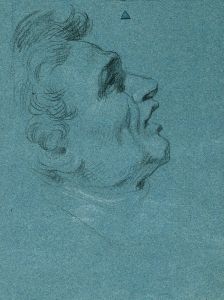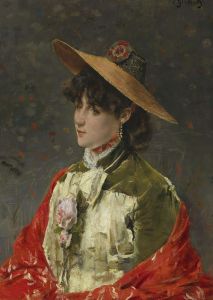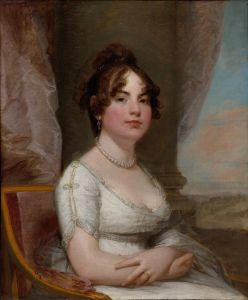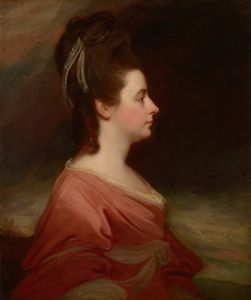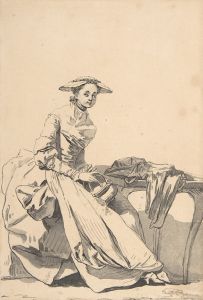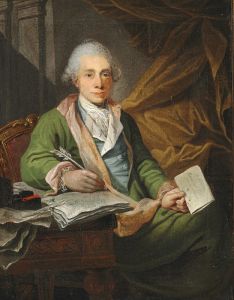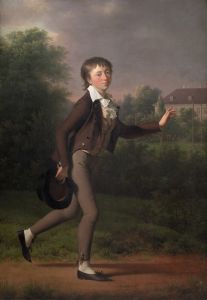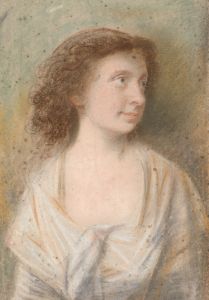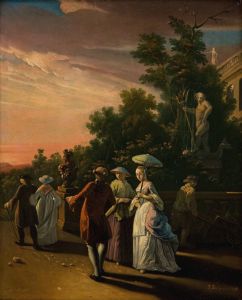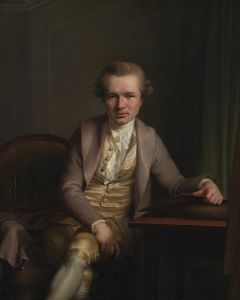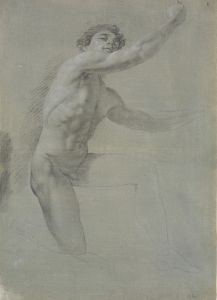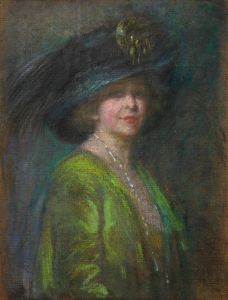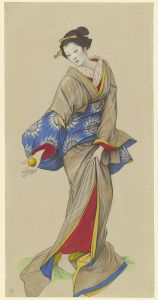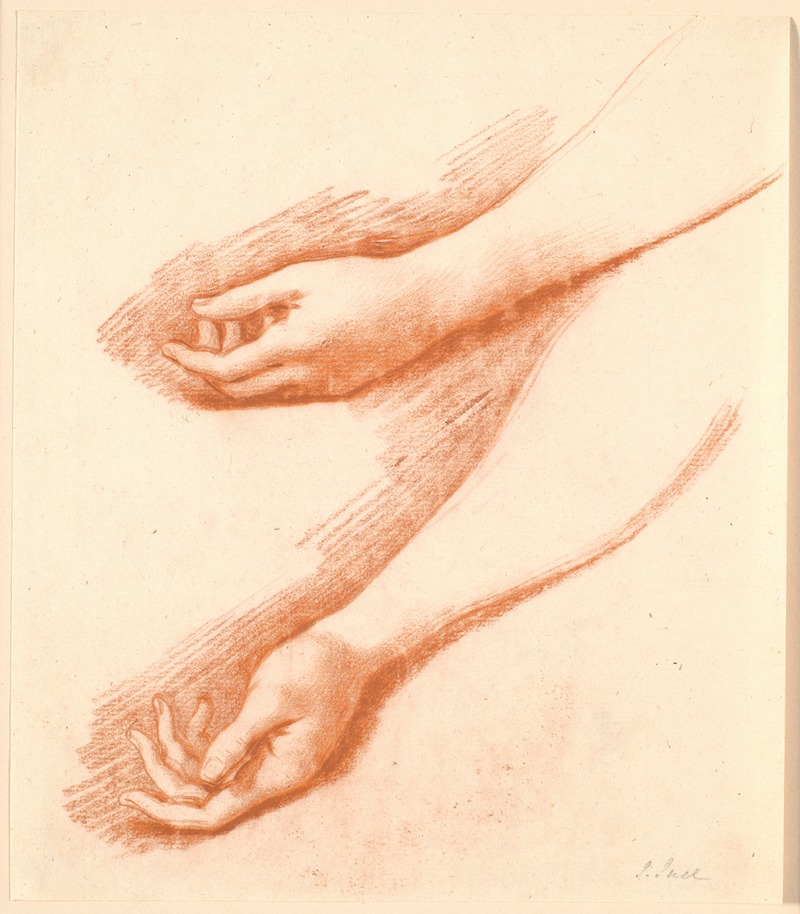
To studier af en kvindes venstre underarm, den øverste anvendt til det Ankerske familiebillede
A hand-painted replica of Jens Juel’s masterpiece To studier af en kvindes venstre underarm, den øverste anvendt til det Ankerske familiebillede, meticulously crafted by professional artists to capture the true essence of the original. Each piece is created with museum-quality canvas and rare mineral pigments, carefully painted by experienced artists with delicate brushstrokes and rich, layered colors to perfectly recreate the texture of the original artwork. Unlike machine-printed reproductions, this hand-painted version brings the painting to life, infused with the artist’s emotions and skill in every stroke. Whether for personal collection or home decoration, it instantly elevates the artistic atmosphere of any space.
Jens Juel, a prominent Danish painter of the 18th century, is renowned for his portraiture and ability to capture the subtleties of human expression and form. One of his lesser-known works, "To studier af en kvindes venstre underarm, den øverste anvendt til det Ankerske familiebillede," translates to "Two Studies of a Woman's Left Forearm, the Upper Used for the Anker Family Portrait." This piece exemplifies Juel's meticulous approach to preparatory studies and his dedication to realism and detail.
Juel was born in 1745 in Balslev, Denmark, and trained under the guidance of several prominent artists of his time. His education included studies at the Royal Danish Academy of Fine Arts, where he honed his skills in drawing and painting. Juel's career flourished as he traveled across Europe, absorbing influences from various art movements and establishing himself as a sought-after portraitist.
The study of the woman's left forearm is a testament to Juel's process of creating lifelike and accurate representations in his larger compositions. Such studies were common practice among artists of the period, allowing them to explore different angles, lighting, and anatomical details before committing to the final work. In this particular study, Juel focuses on the nuances of the forearm's musculature and the play of light across the skin, demonstrating his keen observational skills and technical prowess.
The Anker Family Portrait, for which the upper study of the forearm was used, is one of Juel's significant works. Family portraits were a popular genre during the 18th century, often commissioned by wealthy patrons to showcase their lineage and social status. Juel's ability to convey the personalities and relationships within a family group made him a favored artist among the Danish aristocracy.
Juel's work is characterized by its elegant composition, attention to detail, and the subtle interplay of light and shadow. His portraits often feature a harmonious blend of realism and idealization, capturing the essence of his subjects while also adhering to the aesthetic standards of the time. The study of the woman's forearm reflects these qualities, highlighting Juel's commitment to precision and his deep understanding of human anatomy.
Throughout his career, Jens Juel contributed significantly to the development of Danish art, leaving behind a legacy that continues to be celebrated today. His works are housed in various museums and collections, including the National Gallery of Denmark, where they are appreciated for their artistic merit and historical significance.
In summary, "To studier af en kvindes venstre underarm, den øverste anvendt til det Ankerske familiebillede" is a fine example of Jens Juel's preparatory work, showcasing his dedication to capturing the human form with accuracy and grace. This study not only served as a foundation for the Anker Family Portrait but also stands alone as a testament to Juel's skill and artistry.





